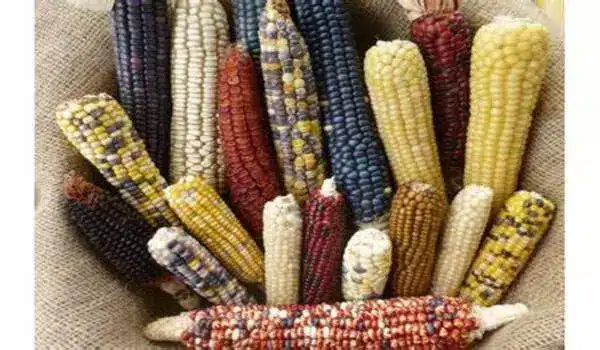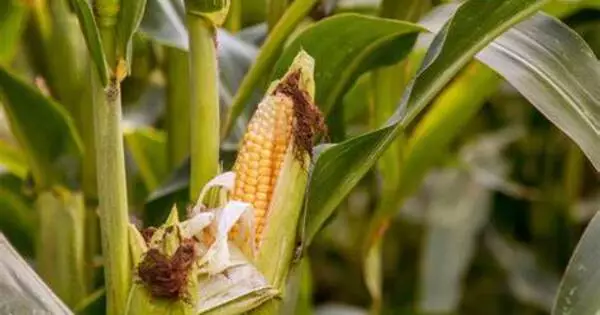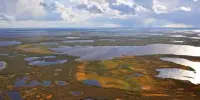Maize, usually known as corn, is an American cereal grain with a rich history of cultivation and modification. Maize is one of the most extensively produced crops on the planet. It is used for both human and animal diets and has significant cultural importance, particularly among indigenous peoples in the Americas. Despite its importance, the origins of the grain have been a source of contention for more than a century.
According to recent research published in Science, all current maize descends from a hybrid developed little over 5000 years ago in central Mexico, thousands of years after the plant was originally domesticated. The findings have ramifications for both developing one of the world’s most important crops and understanding how people’s and crops’ history influence one another.
“It’s a new model for the origins and spread of maize, and how it became a staple across the Americas,” said Jeffrey Ross-Ibarra, senior author of the article and professor in the Department of Evolution and Ecology at the University of California, Davis.
It’s a new model for the origins and spread of maize, and how it became a staple across the Americas. These new findings suggest that, though maize was domesticated around 10,000 years ago, it was not until 4,000 years later, when it hybridized with highland teosinte, that maize really took off as a popular crop and food staple.
Jeffrey Ross-Ibarra
For decades, it has been assumed that maize (Zea mays) was domesticated from a single wild grass called teosinte in the plains of southwest Mexico around 9,000 to 10,000 years ago. Maize, often known as corn in the United States, is not only a mainstay of global meals, but it can also be turned into sweets, ethanol fuel, and other products. However, it has recently been shown that the genome of modern maize contains a significant amount of DNA from a second teosinte that grows in the highlands of central Mexico.
Ross-Ibarra and collaborators in the U. S., China and Mexico analyzed the genomes of over a thousand samples of maize and wild relatives. They found that about 20 percent of the genome of all maize worldwide comes from this second highland teosinte.

New model for spread of maize
These new findings suggest that, though maize was domesticated around 10,000 years ago, it was not until 4,000 years later, when it hybridized with highland teosinte, that maize really took off as a popular crop and food staple. This is also supported by archaeological evidence of the increasing importance of maize around the same time.
The new crop spread quickly throughout the Americas and then globally. Globally, over 1.2 billion metric tons are extracted each year. The investigation into why highland teosinte enabled maize to become a staple is still ongoing, according to Ross-Ibarra. The researchers did discover genes associated with cob size – maybe indicating improved production potential – and blooming time, which likely assisted maize, a tropical crop, in growing at higher latitudes with longer days.
Hybridization may also have resulted in “hybrid vigor,” a condition in which a hybrid organism is more energetic than either of its parents. The researchers discovered that highland teosinte genomic sequences carried fewer damaging mutations than other parts of the genome.
While the initial hybridization may have been accidental, it’s likely that indigenous farmers recognized and took advantage of the novel variation introduced from highland maize, Ross-Ibarra said. Even today, he said, “If you talk to Mexican farmers, some will tell you that letting wild maize grow near the fields makes their crops stronger.”
The National Science Foundation recently awarded a $1.6 million grant to a team led by Ross-Ibarra and including Professor Graham Coop of UC Davis, archaeologists from UC Santa Barbara, and geneticists from the Swedish University of Agricultural Sciences to study the co-evolution of humans and maize in the Americas. They will use genetics to investigate how humans and maize expanded over the continent, as well as how populations of maize and humans increased and diminished as they interacted.














